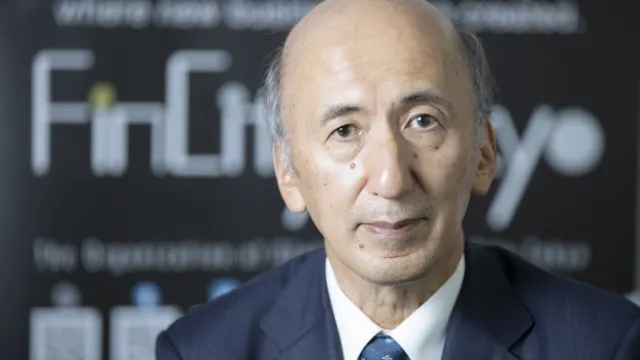
Here's how badly labour will be affected if tourist numbers abruptly plunge
Thankfully, tourist arrivals are still growing.
According to Barclays, fundamental changes in the labor demand-supply equation explain why low unemployment rates have been consistently seen in the past two and a half years.
As Hong Kong integration with China grows, the unemployment rate will likely remain at low levels for a prolonged period (absent shocks to China’s economy). "Nevertheless, one must be careful not to equate this with a healthy labor market," Barclays said.
Here's more from Barclays:
To further explore this peculiar phenomenon, we focus on two sectors: retail and real estate. In the retail sector, the unemployment rate behaves differently compared with previous cycles.
The uptick of unemployment coin¬ cided with the drop in retail sales growth in the past, but the unemployment rate practically stayed flat throughout 2H12 even when retail sales growth plummeted. This is likely attributable to the increasing influence of tourists on the retail sector.
Although retail sales plunged in 2H12, tourist numbers did not - Chinese tourist arrivals grew 25.5% in 2H12 versus 22.7% in 1H12. If many people stop shopping altogether (e.g., in the midst of a Financial Crisis or epidemic), it would lead to layoffs.
However, if shoppers remain active but are simply spending less, retail employees are still required to serve these custom¬ers. This is especially true now as the influx of tourists generate high demands on retail employment. In addition, changing patterns of tourist consumption can also explain the relative stability of retail sector employment. For instance, Chinese tourists may visit high-end stores less amid an economic slowdown but spend more time shopping for personal products or clothing, increasing staff¬ing needs in those stores.
In the real estate sector, the unemployment rate runs against intuition even more. The sector’s unemployment rate stood at just 2.5% in 4Q13, even though residential flat transactions have fallen by more than 40% YoY to 4,000 per month. In comparison, when transactions averaged 9,000 per month or more between 2Q09-2Q12, the sector’s unemployment rate was 3.2%. The present low rate of unemployment is explainable: large agencies have decided to freeze headcount rather than lay off workers; discouraged agents went to find jobs in other industries; potential entrants into the industry may have been deterred by the poor prospects.
Another reason is that real estate agents only account for about one-third of all real estate employees. Real estate developers have been busily launching projects recently, and these companies demand labor. The situation in the real estate sector is a classical example of how industry-specific characteristics and microeconomic factors sometimes affect unemploy¬ment more than broad macroeconomic indicators like GDP growth.








![Cross Domain [Manu + SBR + ABF + ABR + FMCG + HBR + ]](https://cmg-qa.s3.ap-southeast-1.amazonaws.com/s3fs-public/styles/exclusive_featured_article/public/2025-01/earth-3537401_1920_4.jpg.webp?itok=WaRpTJwE)









 Advertise
Advertise


